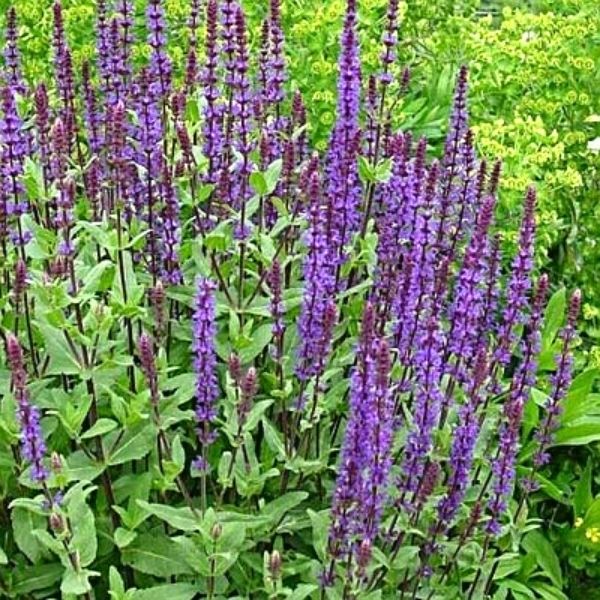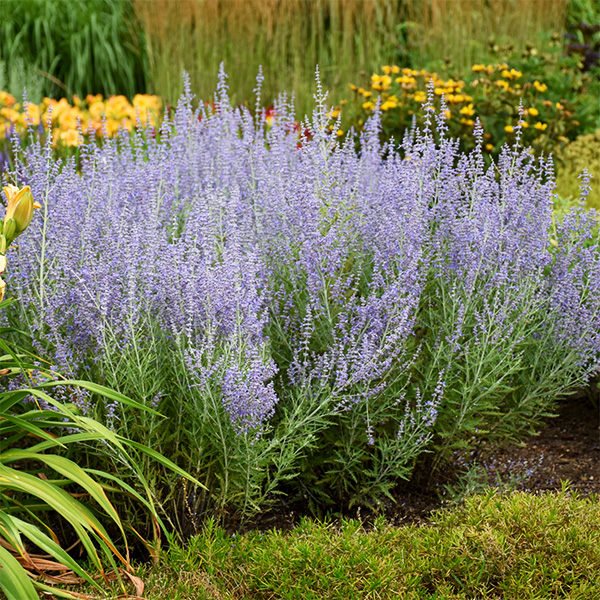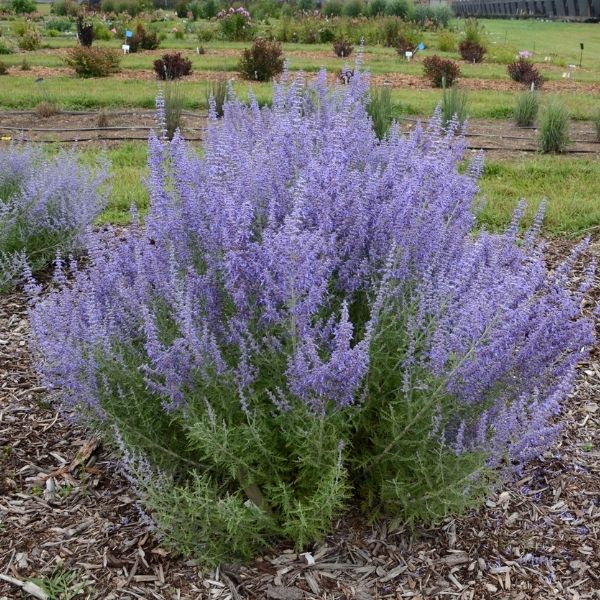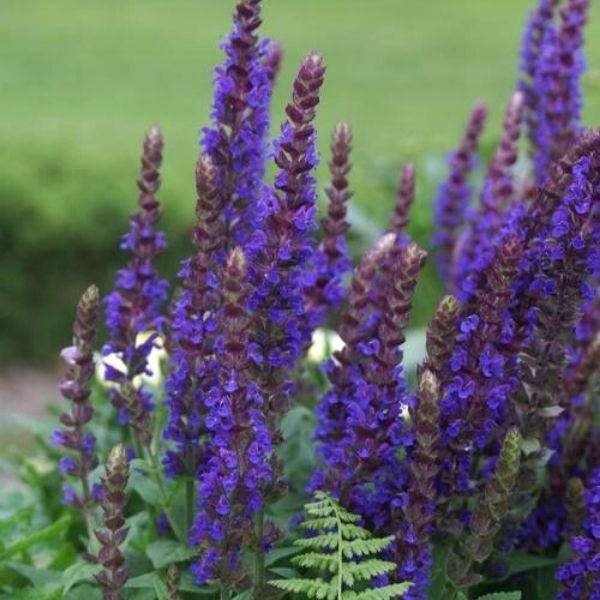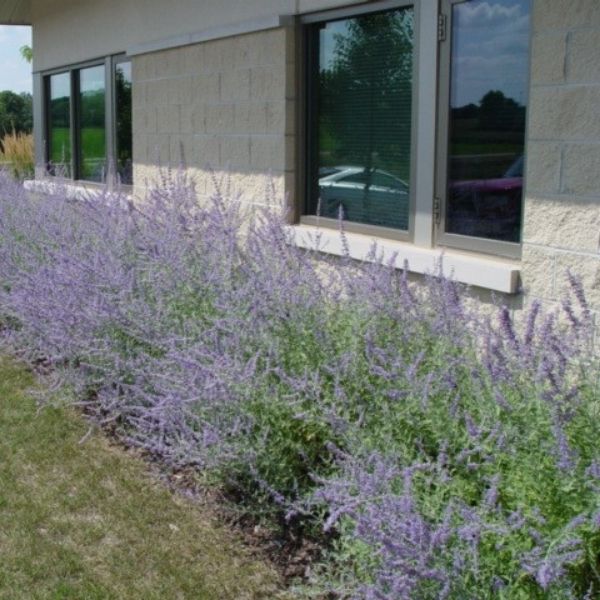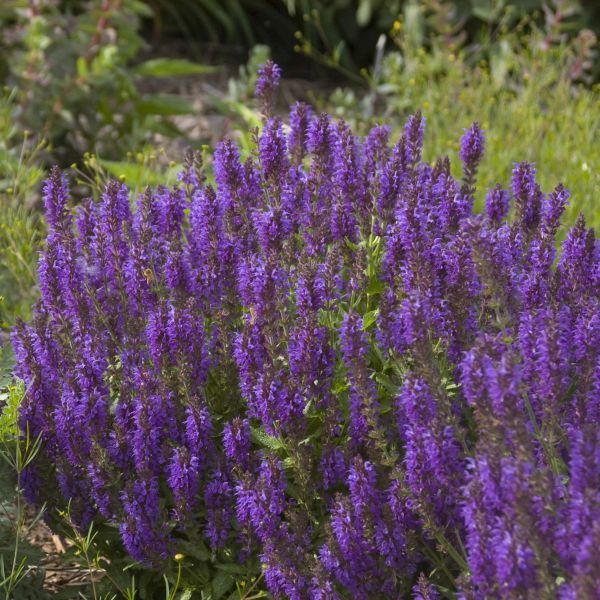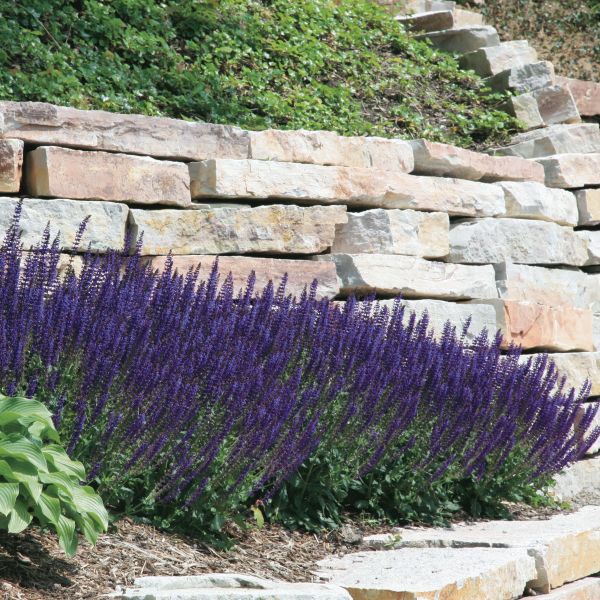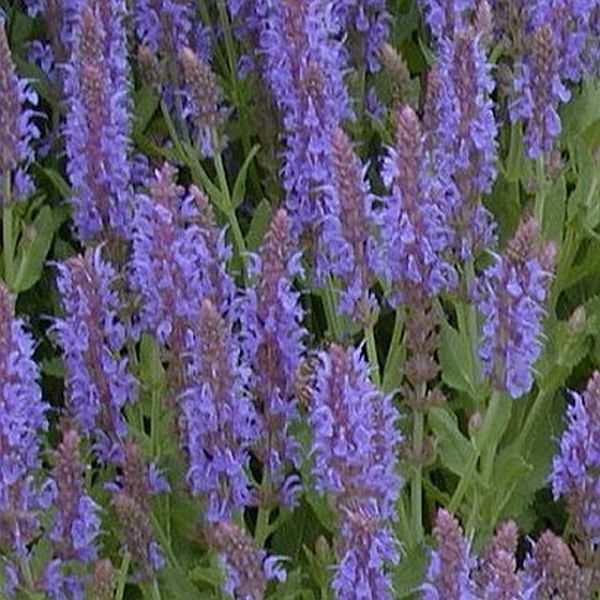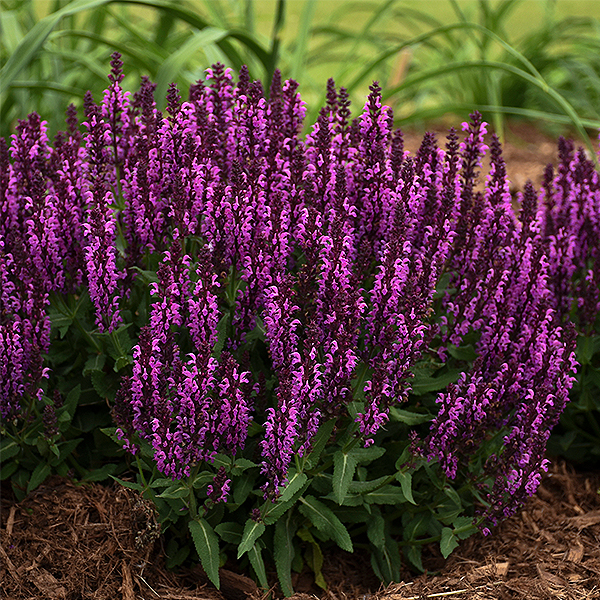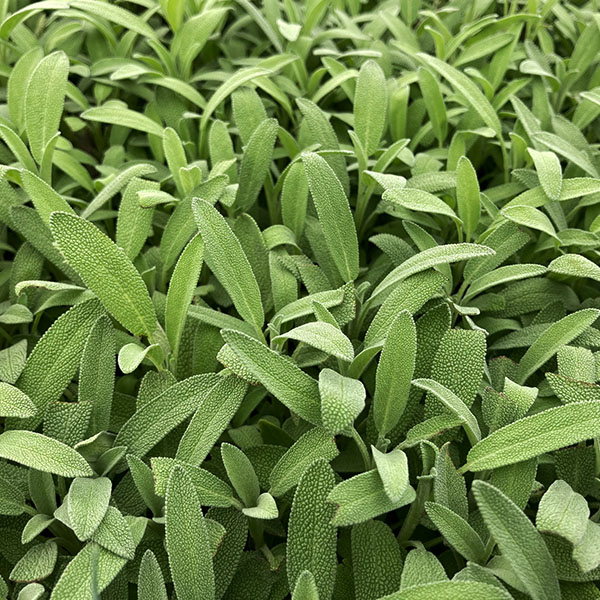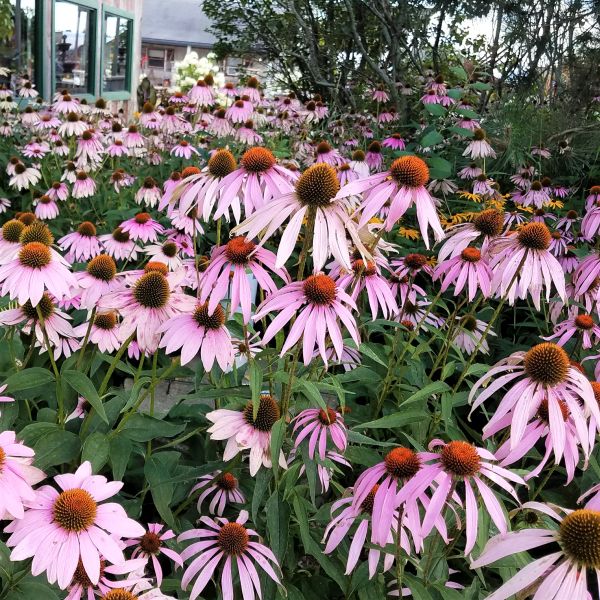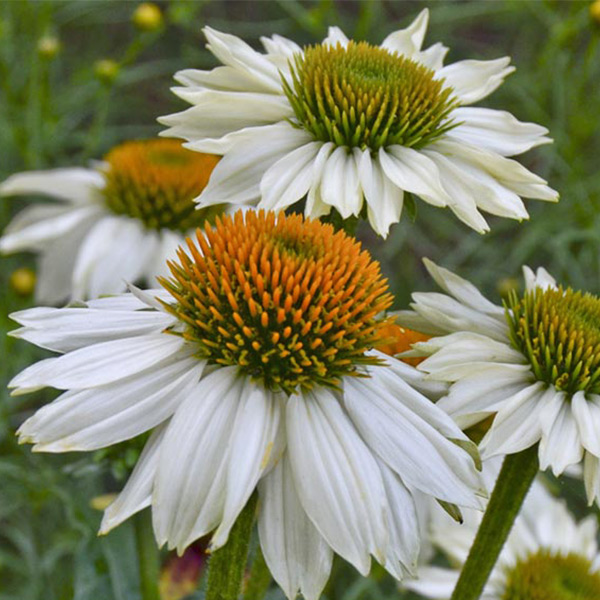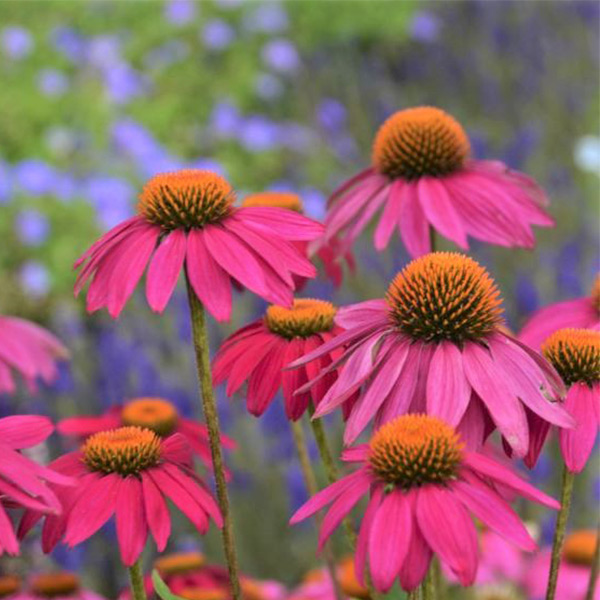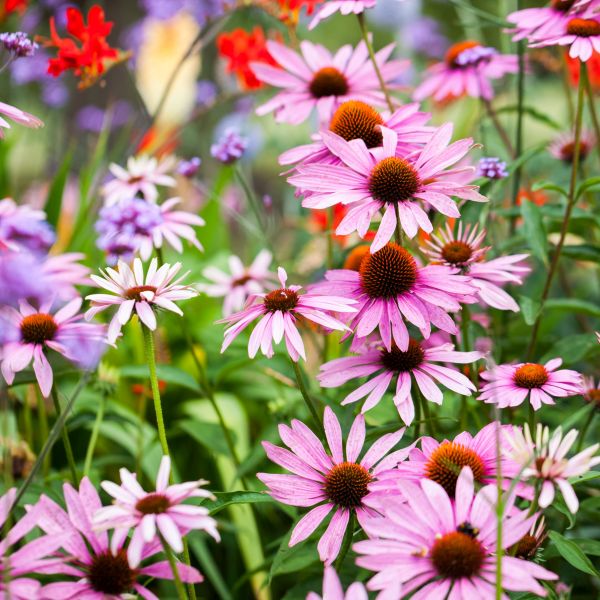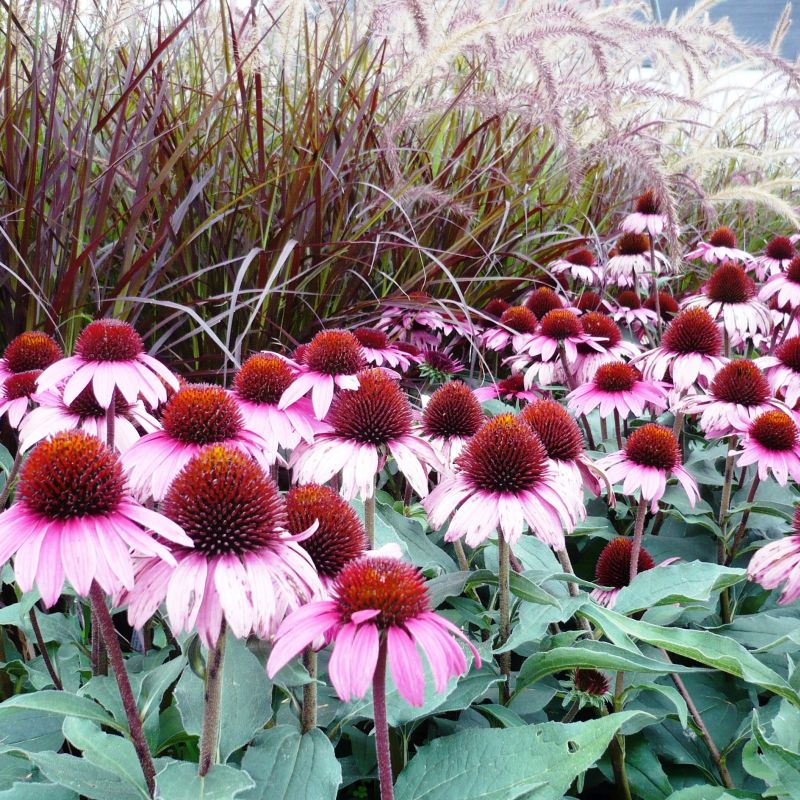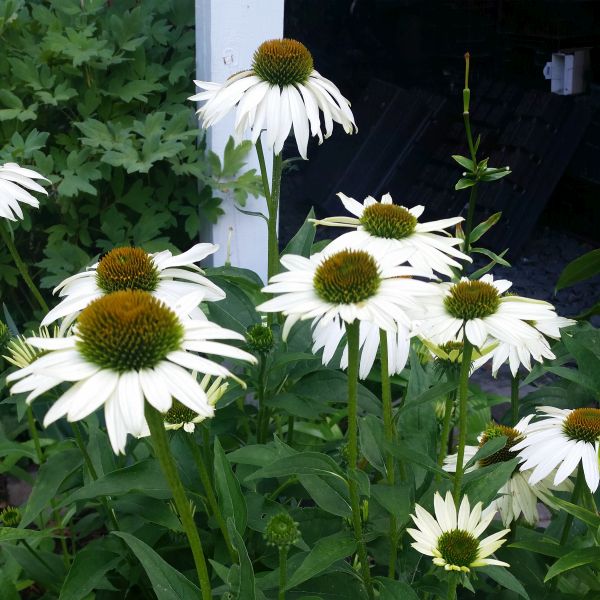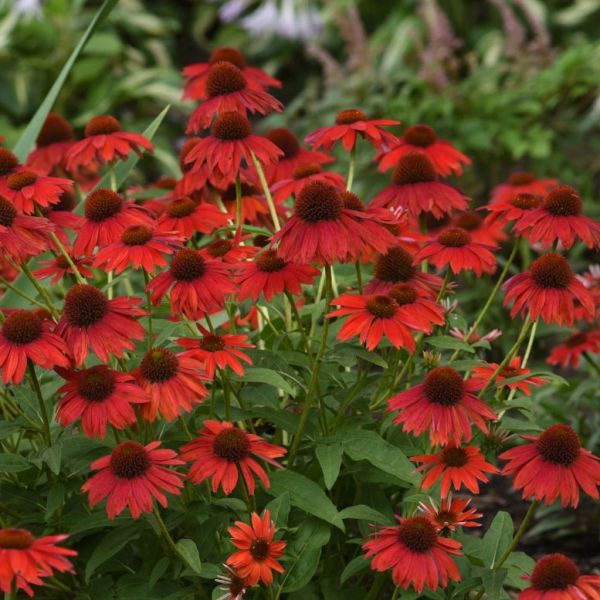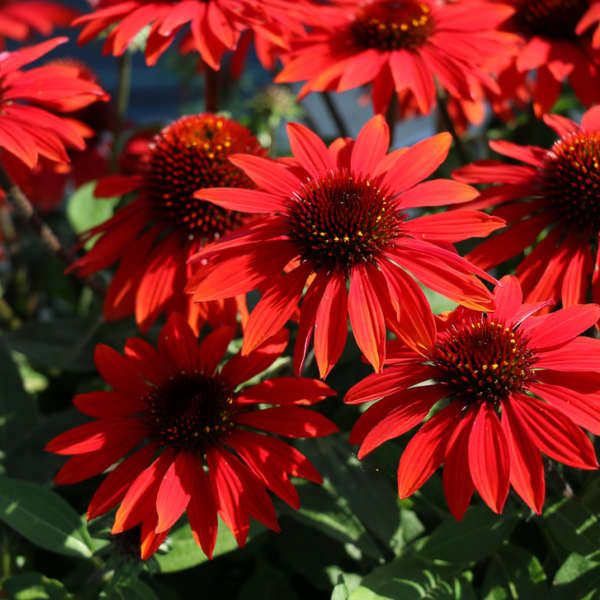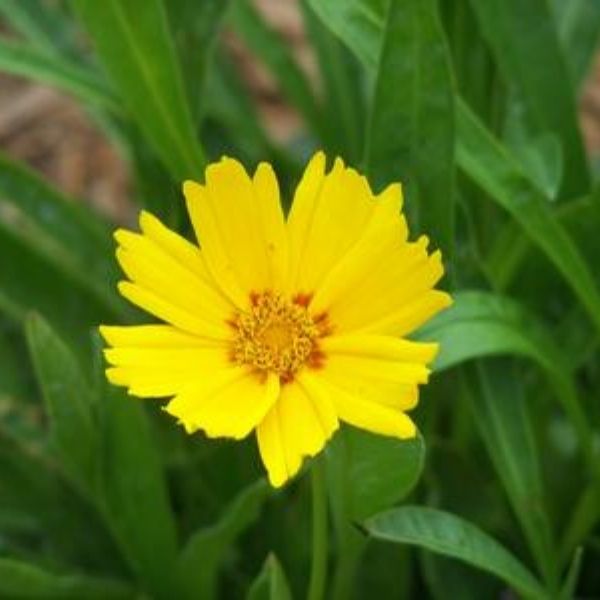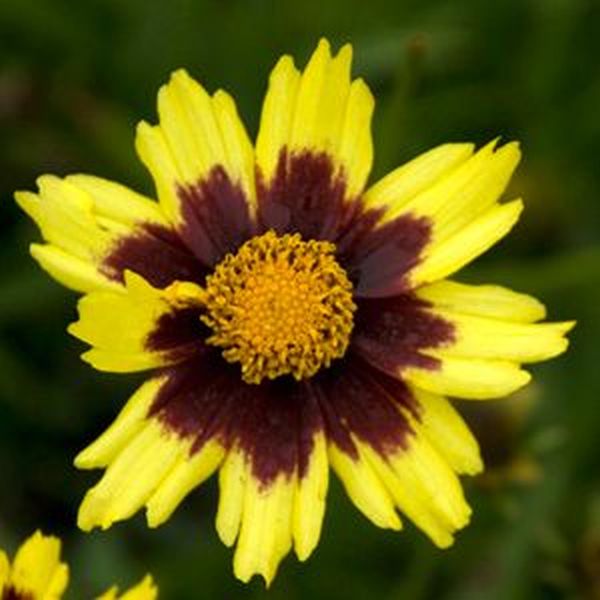Caradonna Salvia
Salvia nemorosa 'Caradonna'
7 reviews
Caradonna Salvia
Salvia nemorosa 'Caradonna'
7 reviews
- Drought-tolerant and low-maintenance plant
- Attracts pollinators such as butterflies and hummingbirds
- Beautiful purple flowers add color to any garden
- Ships in 3 to 7 days
- Free Shipping Over $150
- Plant Arrival Guarantee
- In Stock
$47.00
$51.7
10% Off
- 1.5 Gallon
- 1 Gallon
Why Caradonna Salvia?
Caradonna Salvia, also known as Salvia nemorosa 'Caradonna', is a perennial herbaceous plant that is highly valued for its stunning deep purple-blue flowers. Growing up to 2 feet tall, this drought-tolerant plant blooms from early summer to late fall. Its slender, upright stems and dark purple flower spikes make it an excellent choice for border plantings or mixed perennial gardens. Caradonna Salvia thrives in full sun and well-drained soil, attracting pollinators like bees and butterflies.
People who loved this plant also bought
Sunlight
Caradonna Salvia requires full sun or partial shade to thrive.
Watering
Caradonna Salvia requires regular watering, with evenly moist soil. It is important to water deeply and allow the top inch of soil to dry out before watering again. Avoid overwatering as it may lead to root rot.
Fertilizing
Caradonna Salvia thrives in well-draining soil with average to fertile fertility levels. It generally benefits from the application of a balanced, slow-release fertilizer in early spring or late winter to provide essential nutrients for healthy growth.
Caradonna Salvia
Scientific Name: Salvia nemorosa 'Caradonna'
Description:
The Caradonna Salvia, scientifically known as Salvia nemorosa 'Caradonna', is a perennial flowering plant that is part of the mint family, Lamiaceae. It is a popular and highly sought after ornamental plant due to its attractive and long-lasting flowers, as well as its low maintenance requirements.
Features:
- Height: The Caradonna Salvia typically reaches a height of 18-24 inches (45-60 cm) at maturity.
- Spread: It has a spread of approximately 15-18 inches (38-45 cm).
- Flowers: The plant produces stunning deep purple-blue flowers that bloom in dense, vertical spikes. The flowers have a tubular shape and grow in whorls along the stem.
- Foliage: The Caradonna Salvia displays narrow, lance-shaped leaves that are a deep green color, creating an attractive contrast to its vibrant flowers.
- Blooming Season: This variety of Salvia blooms from early to mid-summer, attracting bees, butterflies, and other pollinators to your garden.
- Hardiness: It is a hardy plant, suitable for USDA hardiness zones 4-9.
- Sun Exposure: The Caradonna Salvia thrives in full sun or partial shade. It requires at least 6 hours of direct sunlight per day for optimal growth and flowering.
- Soil Conditions: It prefers well-drained soil with a neutral to slightly alkaline pH. Regular watering is necessary to keep the soil consistently moist but not waterlogged.
- Uses: This Salvia variety is excellent for borders, rock gardens, woodland gardens, or as a focal point in any flower bed or perennial garden. It also makes an eye-catching addition to cut flower arrangements.
- Attract Wildlife: The vibrant blooms of Caradonna Salvia attract butterflies, bees, and hummingbirds to your garden, making it a pollinator-friendly plant.
- Low Maintenance: Caradonna Salvia is relatively low maintenance, requiring minimal pruning. Deadheading spent flowers will encourage new blooms and extend the flowering season.
Caution:
While the Caradonna Salvia is not known to be toxic to humans or animals, it is always advisable to keep plants out of reach of children and pets.
Plant Information:
| Botanical Name: | Salvia nemorosa 'Caradonna' |
| USDA Zones: | 4-9 |
| Water: | Low Once Established |
| Exposure: | Full Sun |
| Soil Needs: | Well Drained |
| Mature Height: | 18 - 24 inches |
| Mature Spread: | 18 - 24 inches |







Pollination Info
Caradonna Salvia (Salvia nemorosa 'Caradonna') Pollination Info
Caradonna Salvia, also known as Salvia nemorosa 'Caradonna', is a popular perennial flowering plant known for its stunning purple-blue flowers and attractive foliage. Understanding the pollination process of Caradonna Salvia is important in order to support its reproduction and attract beneficial pollinators to your garden.
Pollinators:
Caradonna Salvia flowers are highly attractive to a variety of pollinators, including bees, butterflies, and other beneficial insects. Bees, such as honeybees and bumblebees, are especially fond of the nectar-rich flowers and are the primary pollinators of this plant.
Flower Structure:
The flowers of Caradonna Salvia are arranged in slender, vertical spikes, typical of the Salvia genus. Each spike is adorned with numerous tubular-shaped flowers that grow from the main stem. These flowers have a distinct blue-purple color and are rich in nectar, making them highly appealing to pollinators.
Pollination Mechanism:
Caradonna Salvia is primarily pollinated through a mechanism called 'buzz pollination.' Bees, particularly bumblebees, land on the flowers and vibrate their flight muscles rapidly. This vibration releases abundant pollen from the anthers, located at the tip of the flower's stamen. The released pollen is then collected by the bee, aiding in the pollination process as the bee moves from one flower to another.
Pollination Tips:
To encourage pollination in your Caradonna Salvia plants, consider the following tips:
- Plant Caradonna Salvia in full sun or partial shade, as these conditions support better flower production and attract more pollinators.
- Provide a variety of flowering plants in your garden to attract a diverse range of pollinators.
- Avoid using pesticides or insecticides near Caradonna Salvia, as these can be harmful to pollinators.
- Prune or deadhead faded flowers regularly to promote continuous blooming and encourage pollinator visits.
By following these pollination tips, you can help ensure the successful reproduction of Caradonna Salvia while contributing to the health and abundance of pollinators in your garden.
FAQ
Caradonna Salvia (Salvia nemorosa 'Caradonna') FAQ
Q: What is Caradonna Salvia?
A: Caradonna Salvia, scientifically known as Salvia nemorosa 'Caradonna', is a popular perennial plant within the sage family (Lamiaceae) that is commonly grown for its attractive purple flowers and aromatic foliage.
Q: How tall does Caradonna Salvia grow?
A: Caradonna Salvia typically grows to a height of 18-24 inches (45-60 cm) with an upright, clump-forming habit.
Q: When does Caradonna Salvia bloom?
A: Caradonna Salvia produces its vibrant deep purple flowers in late spring or early summer and continues to bloom intermittently until fall.
Q: What kind of soil does Caradonna Salvia prefer?
A: Caradonna Salvia thrives best in well-drained soil with a slightly alkaline to neutral pH. It can tolerate a variety of soils as long as they are not excessively wet or poorly drained.
Q: Does Caradonna Salvia require full sun?
A: Yes, Caradonna Salvia prefers full sun exposure to produce the most abundant blooms. It requires at least 6 hours of direct sunlight per day.
Q: How often should I water Caradonna Salvia?
A: Caradonna Salvia is drought-tolerant once established, so it generally does not require frequent watering. Water deeply but infrequently, allowing the soil to partially dry out between waterings.
Q: How do I care for Caradonna Salvia in winter?
A: Caradonna Salvia is a hardy perennial that can withstand freezing temperatures. However, providing a light layer of mulch around the base of the plant can help protect it during harsh winters.
Q: How do I prune Caradonna Salvia?
A: To maintain the shape and encourage continuous blooming, you can deadhead spent flowers by cutting the flower stalk just above a set of healthy leaves. In late winter or early spring, you can also cut back the plant to about 4-6 inches (10-15 cm) above ground level to promote fresh growth.
Q: Does Caradonna Salvia attract pollinators?
A: Yes, Caradonna Salvia is a pollinator-friendly plant that attracts bees, butterflies, and other beneficial insects to the garden.
Q: Can Caradonna Salvia be grown in containers?
A: Yes, Caradonna Salvia can be grown successfully in containers as long as you provide a well-draining potting mix and ensure the container has sufficient drainage holes. Remember to water the plant more frequently since container plants tend to dry out faster.
Q: Is Caradonna Salvia deer-resistant?
A: Caradonna Salvia is known to be deer-resistant due to its aromatic foliage, which is not favored by deer. However, keep in mind that deer preferences can vary, and in times of scarcity, they might still nibble on the plant.
Planting & Care
Planting & Care for Caradonna Salvia (Salvia nemorosa 'Caradonna')
Planting:
- Choose a location with full sun to partial shade.
- Prepare the soil by removing any weeds or grass and loosening it with a garden fork.
- Dig a hole twice as wide and as deep as the root ball of the plant.
- Place the plant in the hole, ensuring that the crown is level with the soil surface.
- Backfill the hole with soil, firming it gently around the plant.
- Water thoroughly to settle the soil.
Care:
- Water regularly, especially during hot, dry periods. Keep the soil consistently moist, but avoid overwatering.
- Apply a layer of mulch around the base of the plant to help conserve moisture and suppress weed growth.
- Prune back the plant in early spring before new growth emerges to remove any dead or damaged stems.
- Deadhead the faded flowers regularly to encourage continuous blooming.
- Fertilize sparingly, using a balanced slow-release fertilizer in early spring.
- Monitor for any signs of pests or diseases, such as aphids or powdery mildew, and take appropriate action if necessary.
- Divide the plants every 2-3 years to maintain their vigor. This can be done in early spring or early fall.
By following these planting and care instructions, you can enjoy beautiful blooms and healthy growth from your Caradonna Salvia.
Check Out These Verified Customer Reviews:
Customer Reviews
4.6 out of 5 based on 7 reviews
Thank you! Your review has been submitted.
Customer service was friendly and helpful with my questions.
Item exactly as described, happy.
Overall great experience, highly recommend this plant and seller.
Item has been added to your cart.



